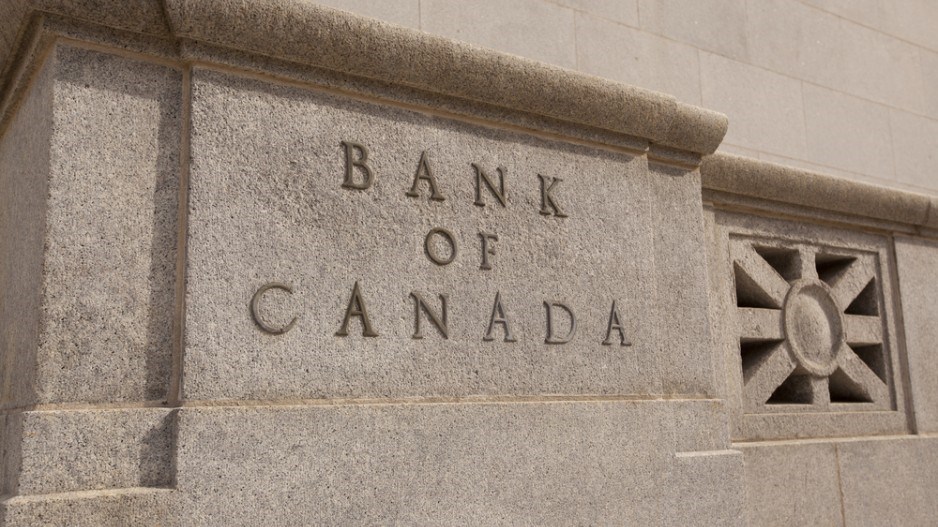The Bank of Canada announced March 7 it is holding the overnight rate at 1.25%, where it has sat since January 17.
The decision to hold the rate steady came as no surprise to analysts, partly due to worries over Donald Trump’s recent announcement that Canada could be subject to steel and aluminum tariffs.
Global growth remains “solid and broad-based,” according to the central bank’s statement.
“In the United States, new government spending and previously announced tax cuts are anticipated to boost growth in 2018 and 2019,” it said. “However, trade policy developments are an important and growing source of uncertainty for the global and Canadian outlooks.”
Brian DePratto, senior economist at TD Economics, called the announcement “dovish” overall, and said anything less than this would have been surprising.
“The economic outlook may be positive, but with trade risks mounting and the economy in the middle of an adjustment to yet another round of measures to cool housing markets, a ‘wait and see’ approach is clearly appropriate.”
“Now is not the time to rock the boat.”
Overall economic output has been in line with the central bank’s expectations, in spite of softer-than-anticipated economic growth at the end of last year. Stronger business investment boosted imports and, in turn, economic capacity.
Housing remains a source of uncertainty, according to the Bank.
“Strong housing data in late 2017, and softer data at the beginning of this year, indicate some pulling forward of demand ahead of new mortgage guidelines and other policy measures,” the Bank said.
“It will take some time to fully assess the impact of these, as well as recently announced provincial measures, on housing demand and prices.”
The Bank also said it is monitoring the impact of higher interest rates on the economy, pointing to decelerated household credit growth as being a major point of consideration.
Inflation remains close to the 2% rate target and core measures of inflation have inched upward. Wage growth has improved but is lower than it should be, given the strong labour market.
DePratto said the Bank of Canada will ultimately increase rates this year, but this most likely won’t take place until July at the earliest.
The Canadian dollar fell more than half a cent after the announcement, reaching just over 77 cents U.S. as of press time.
The next rate announcement is scheduled for April 18.
@EmmaHampelBIV




